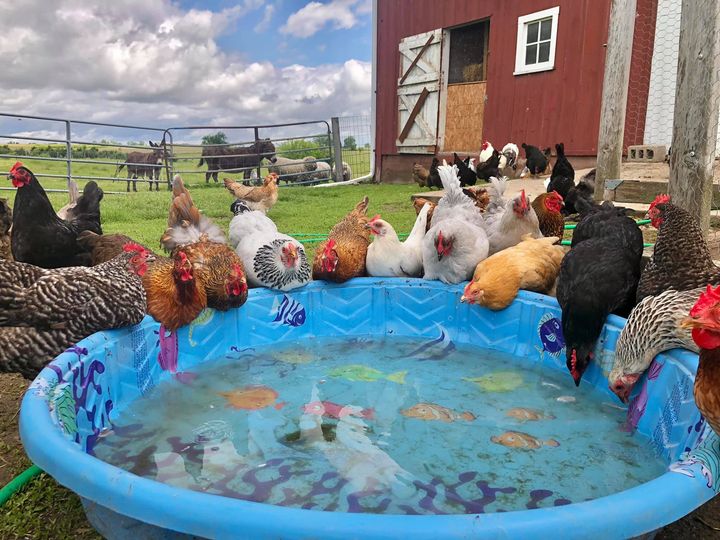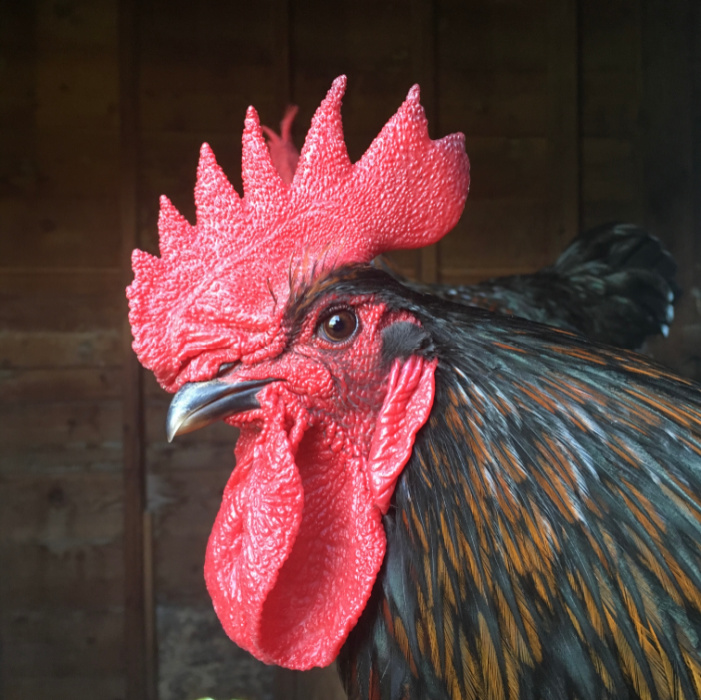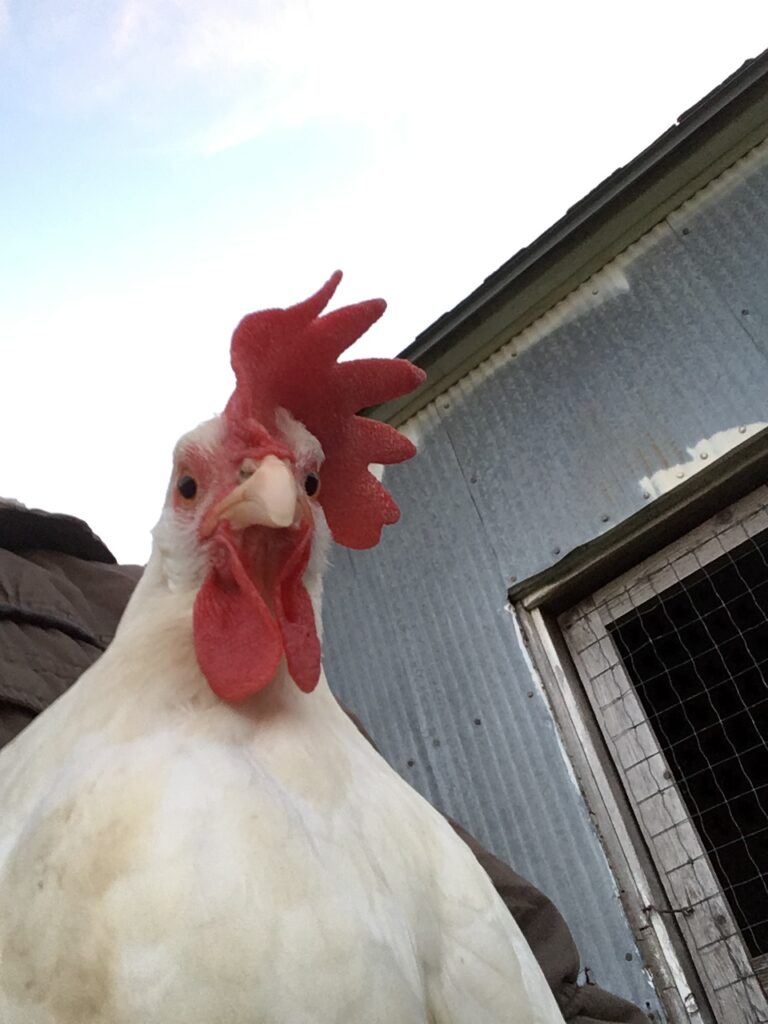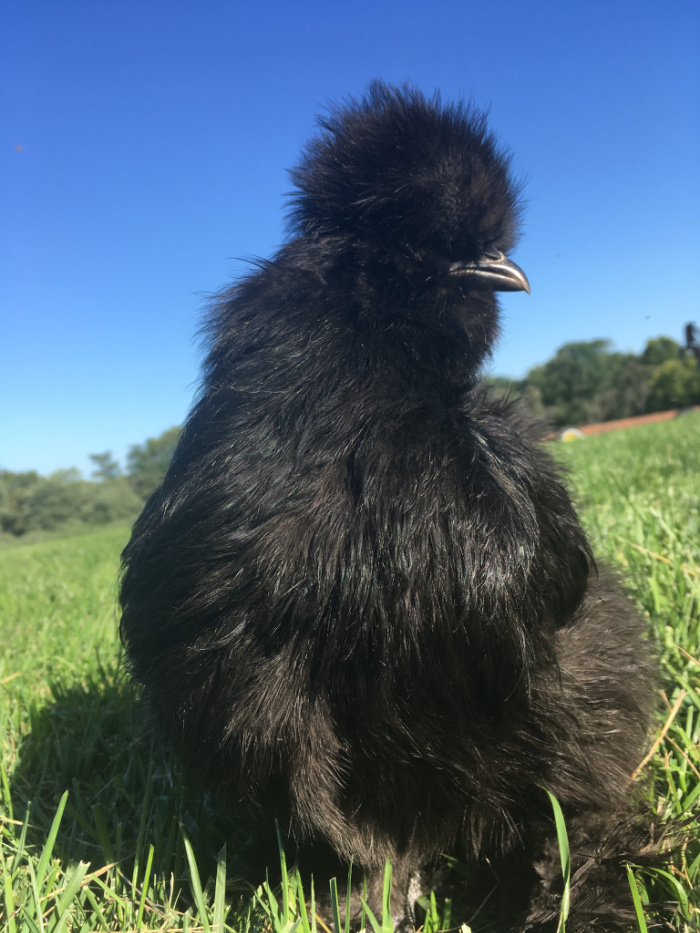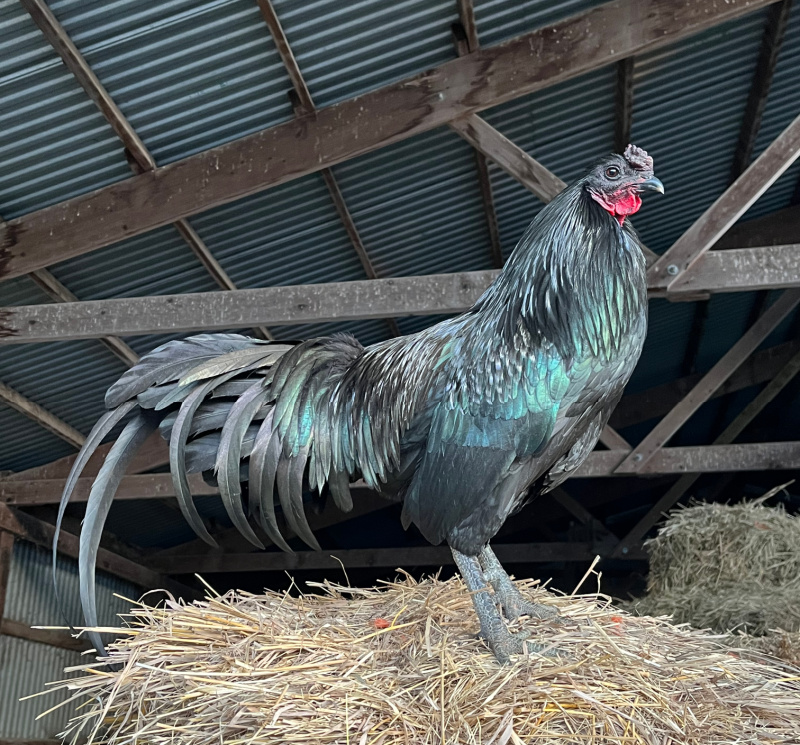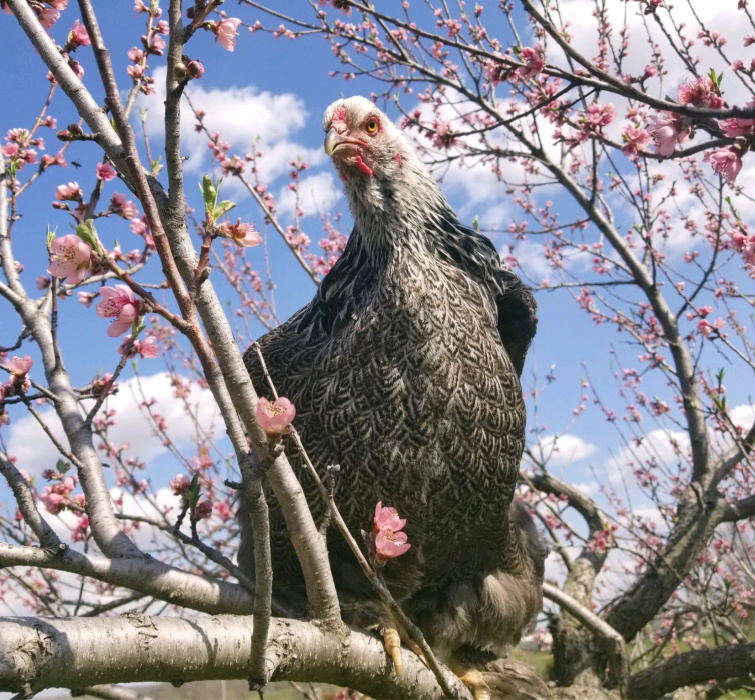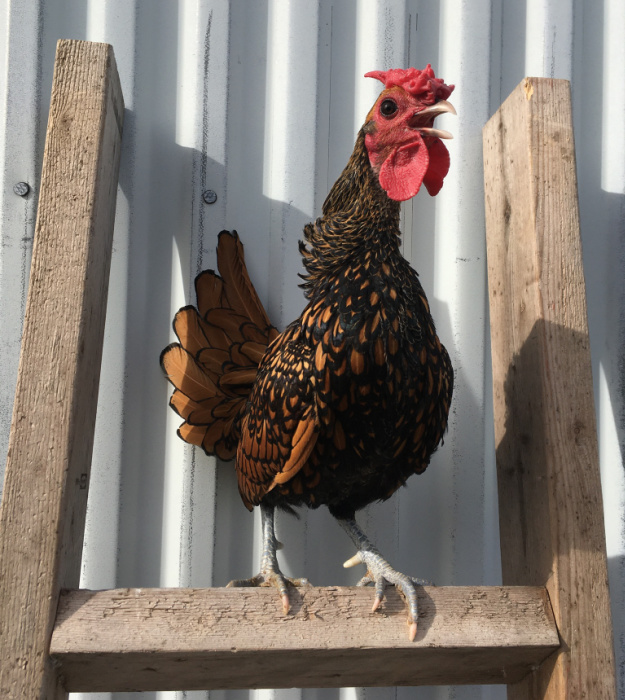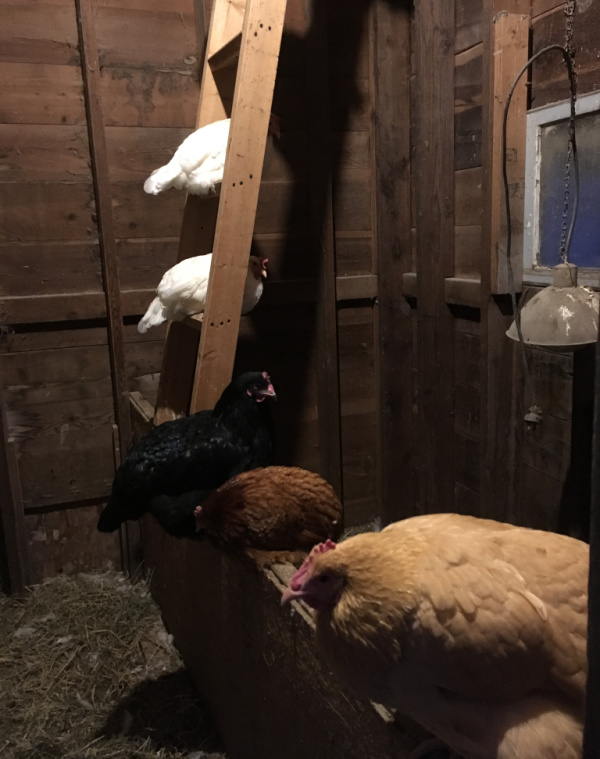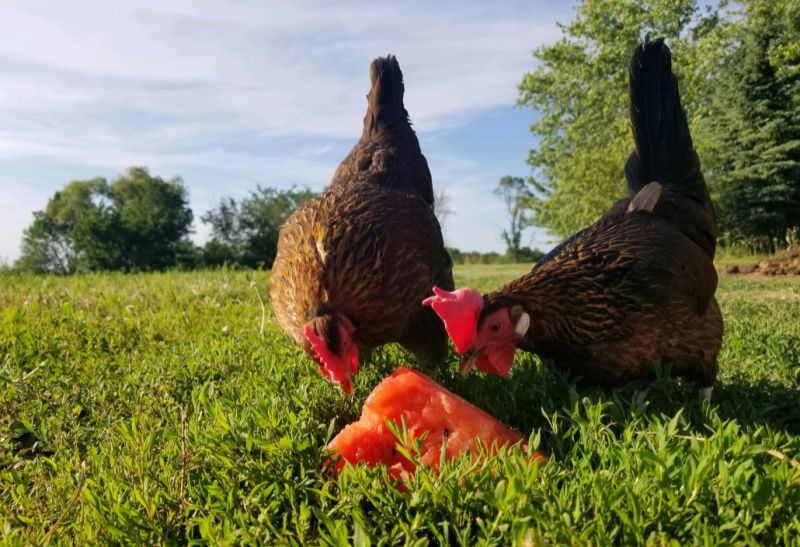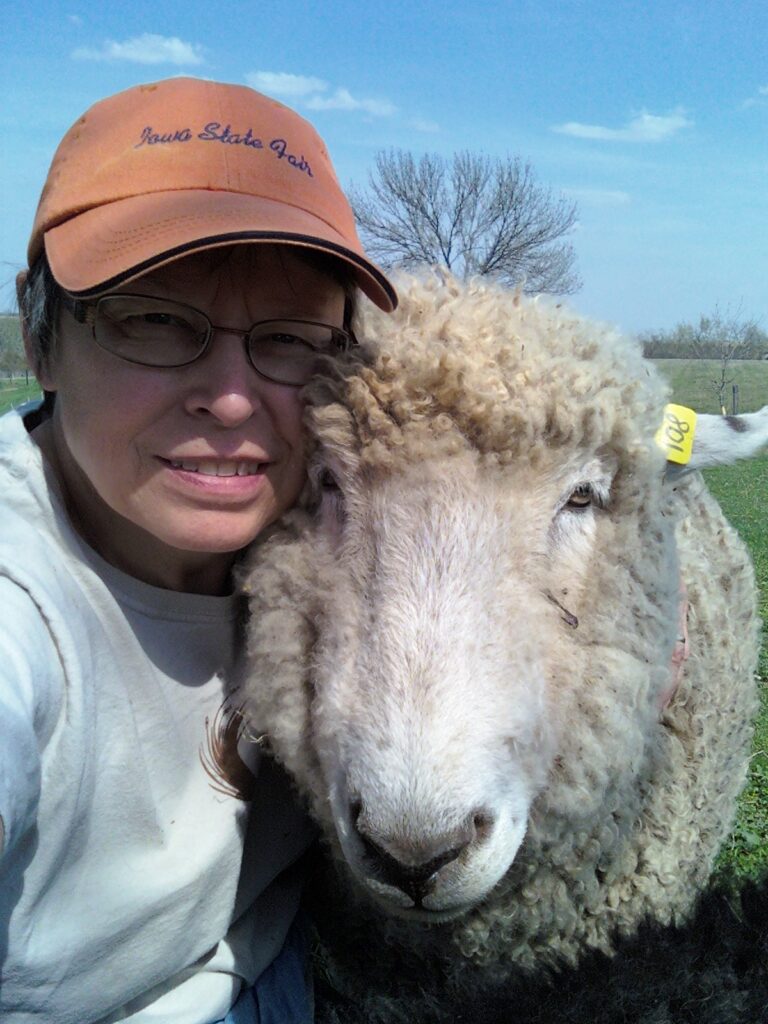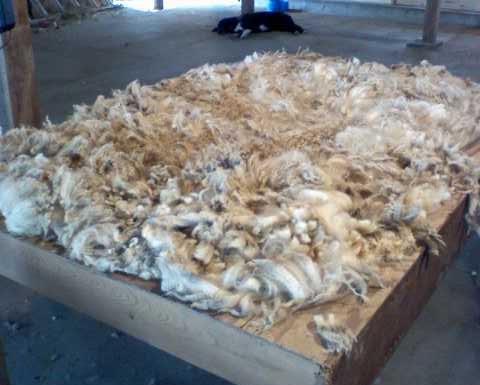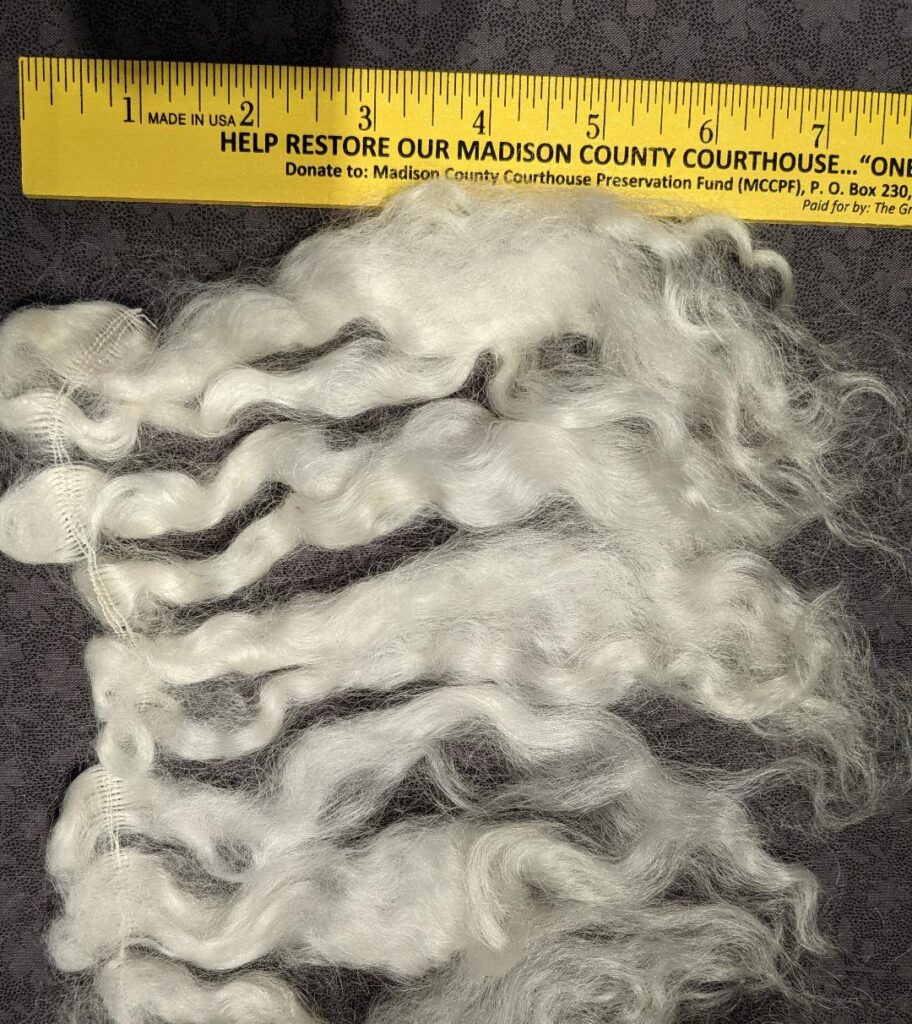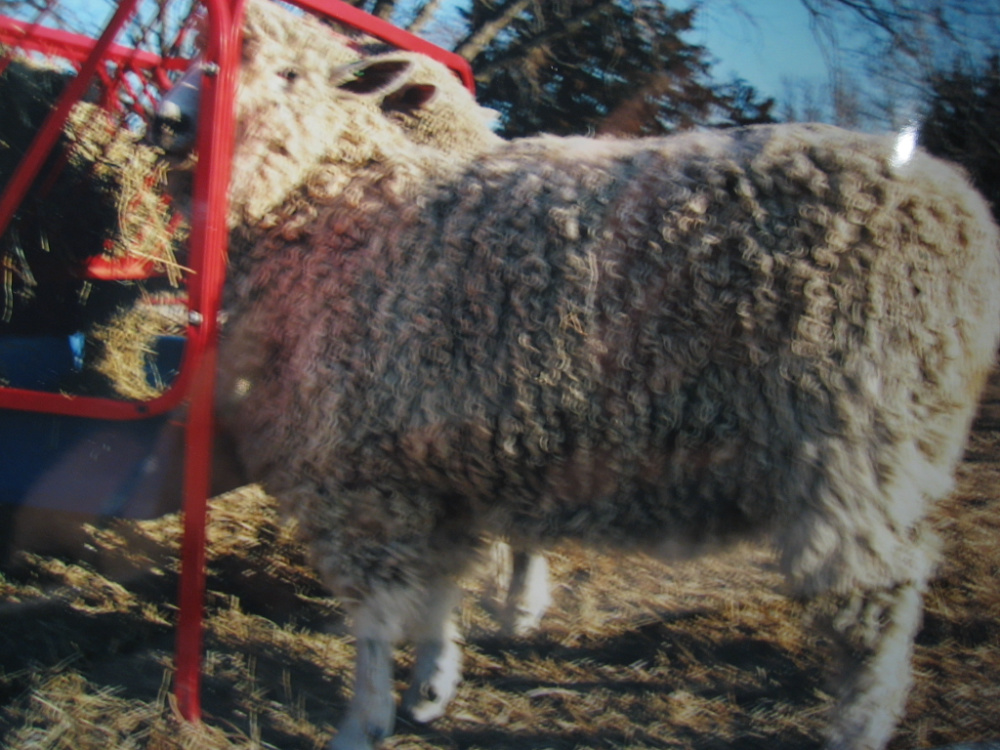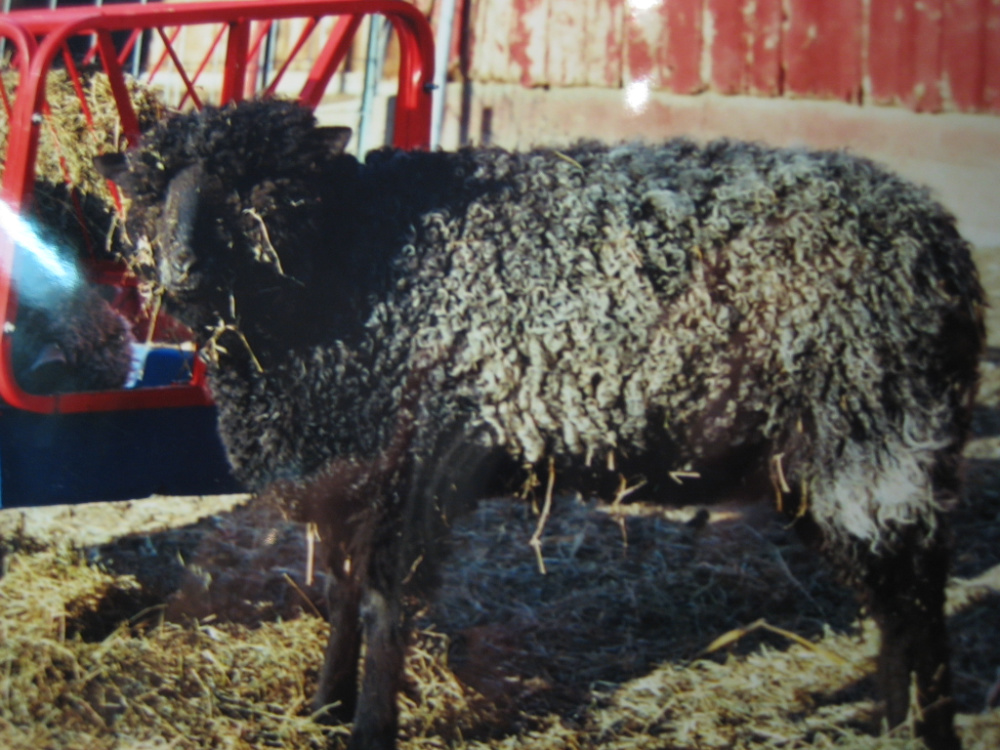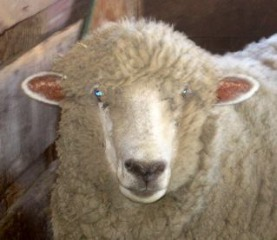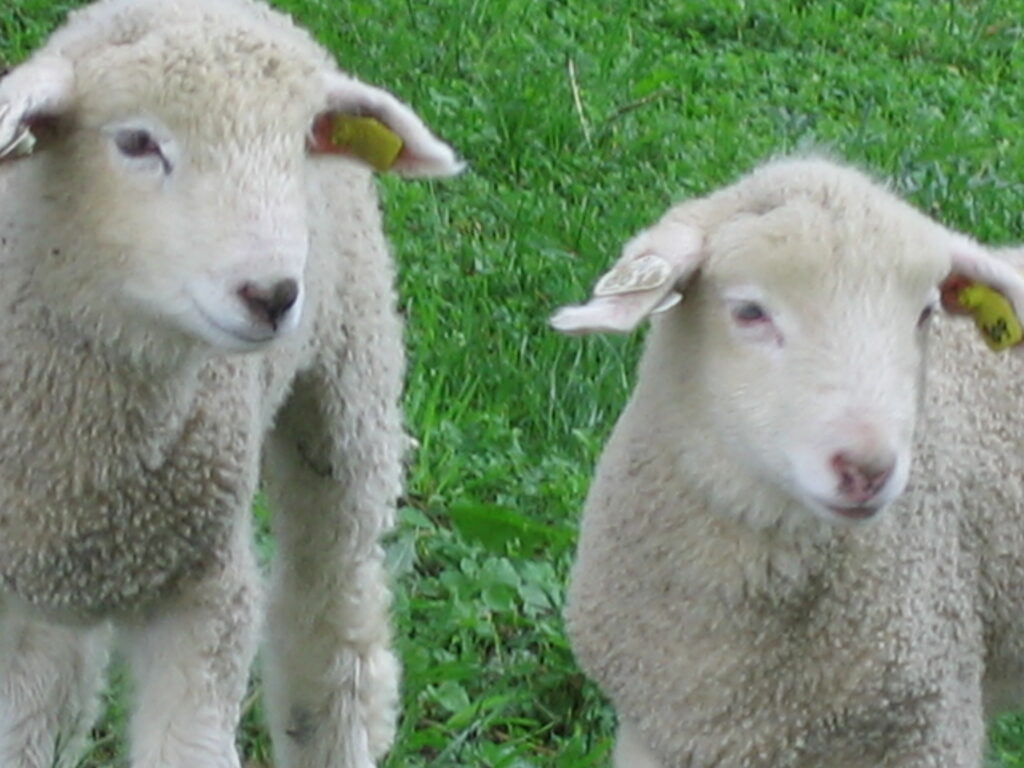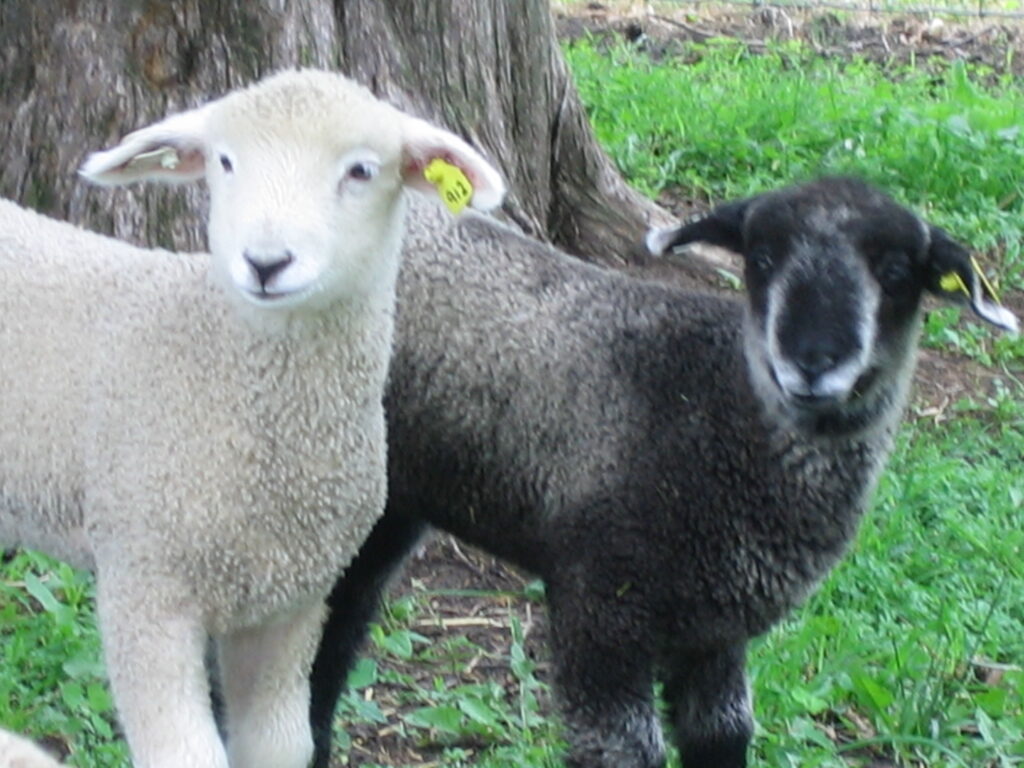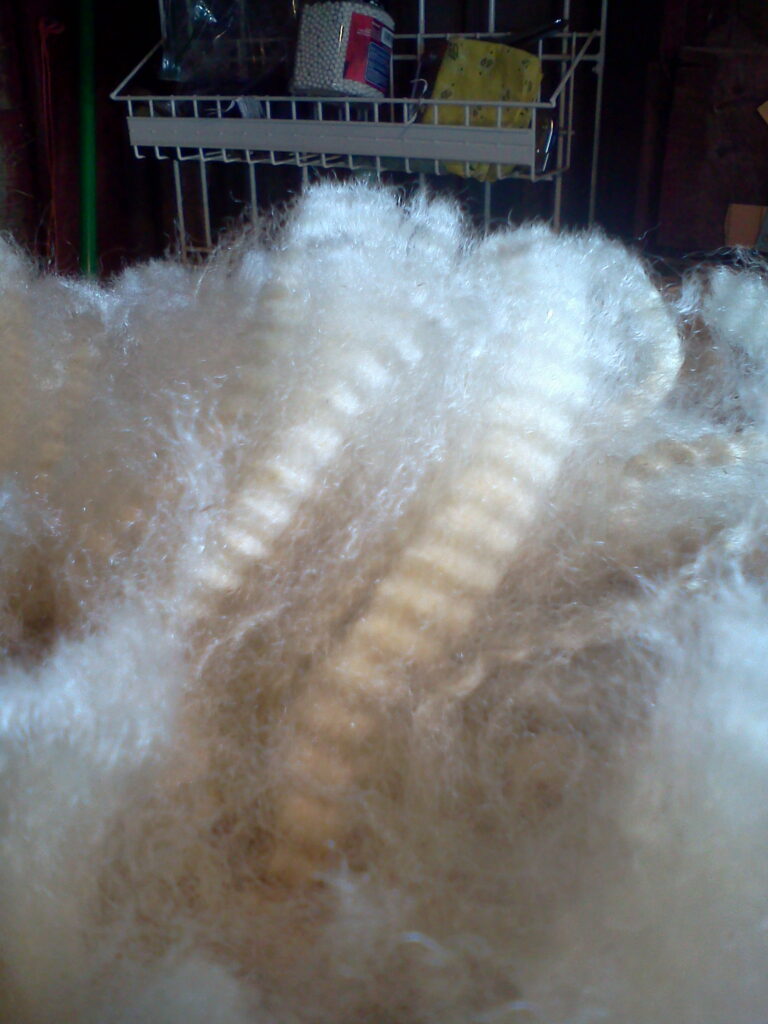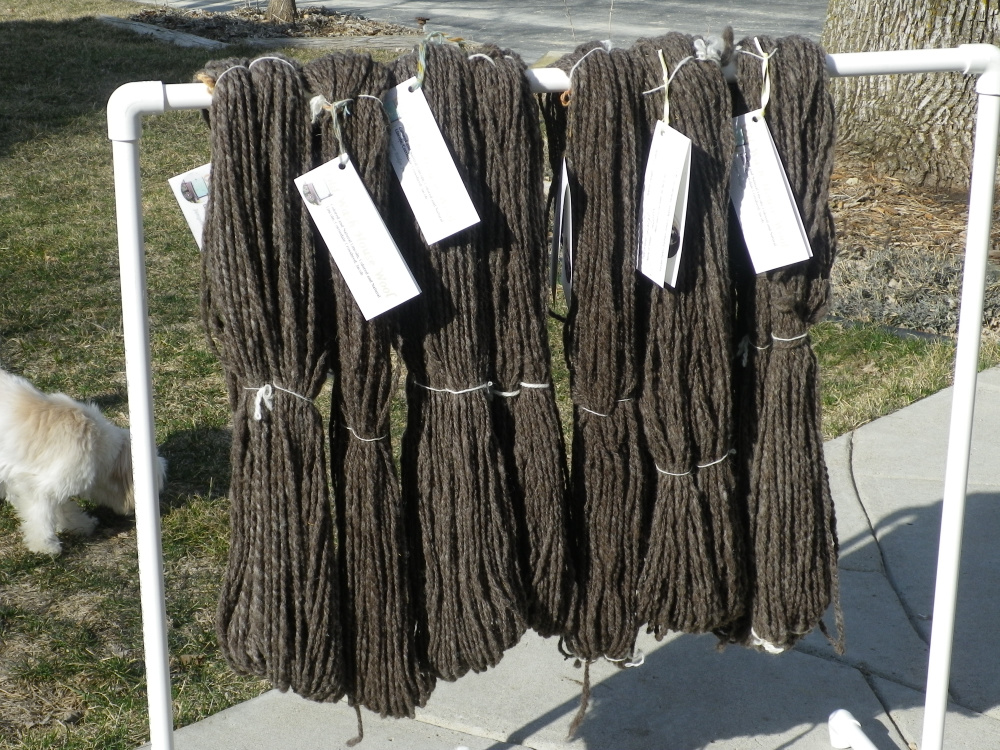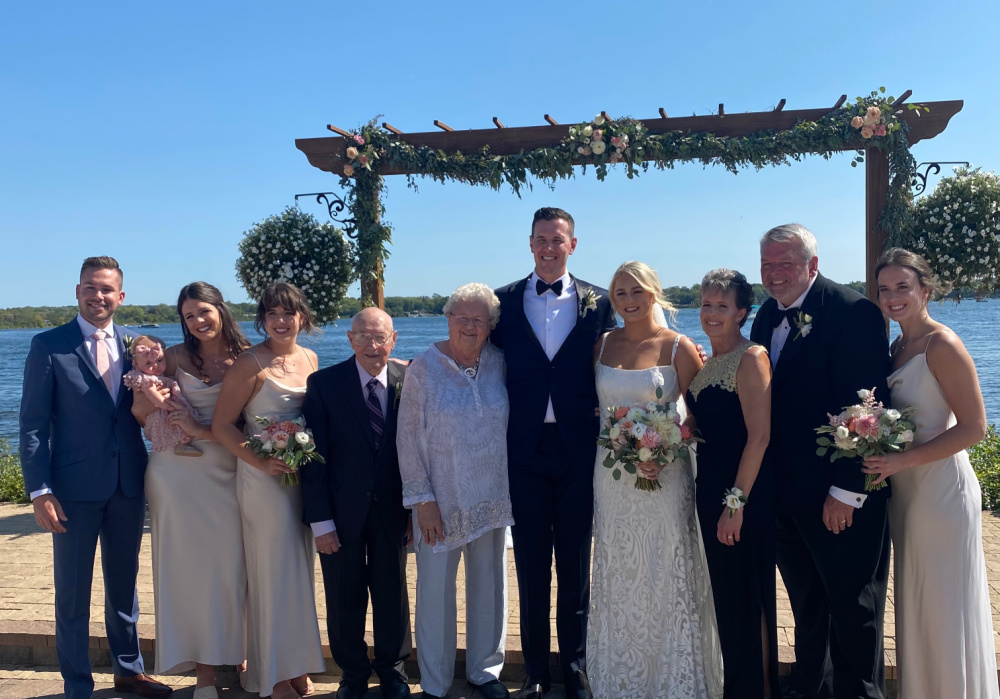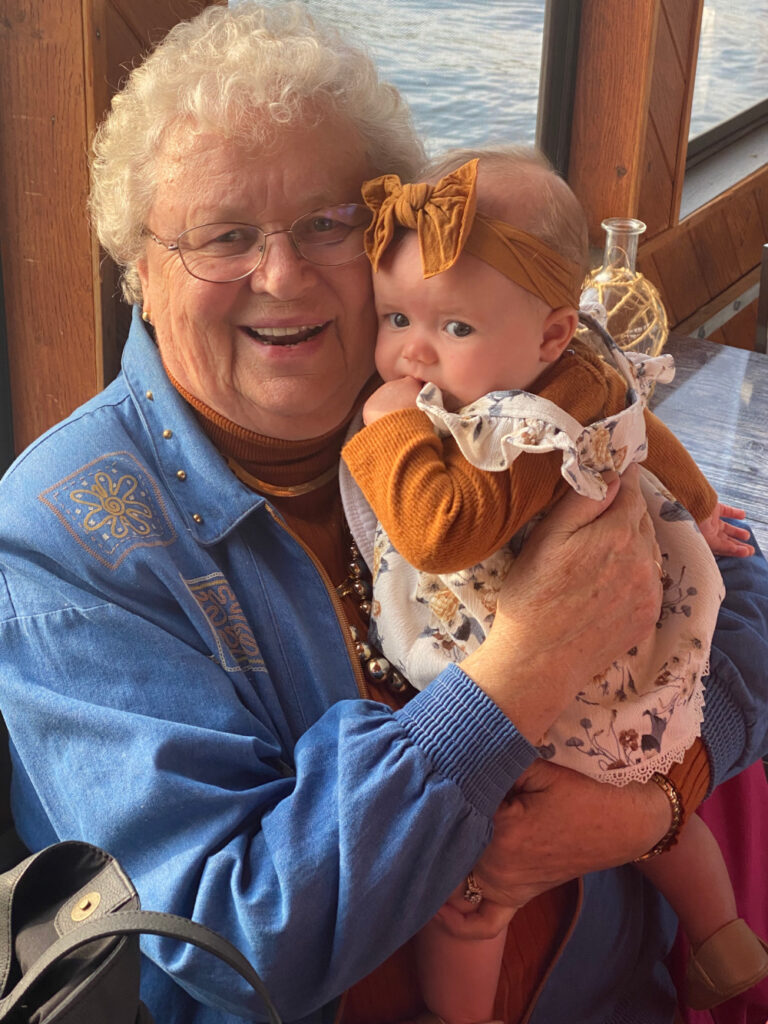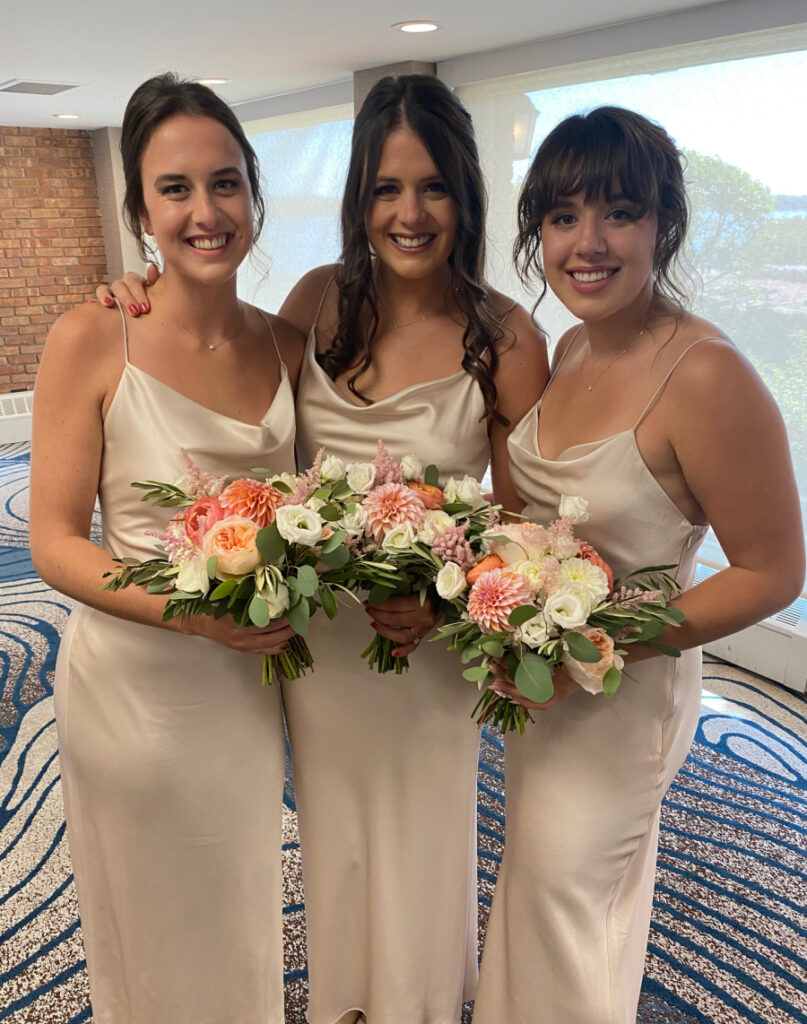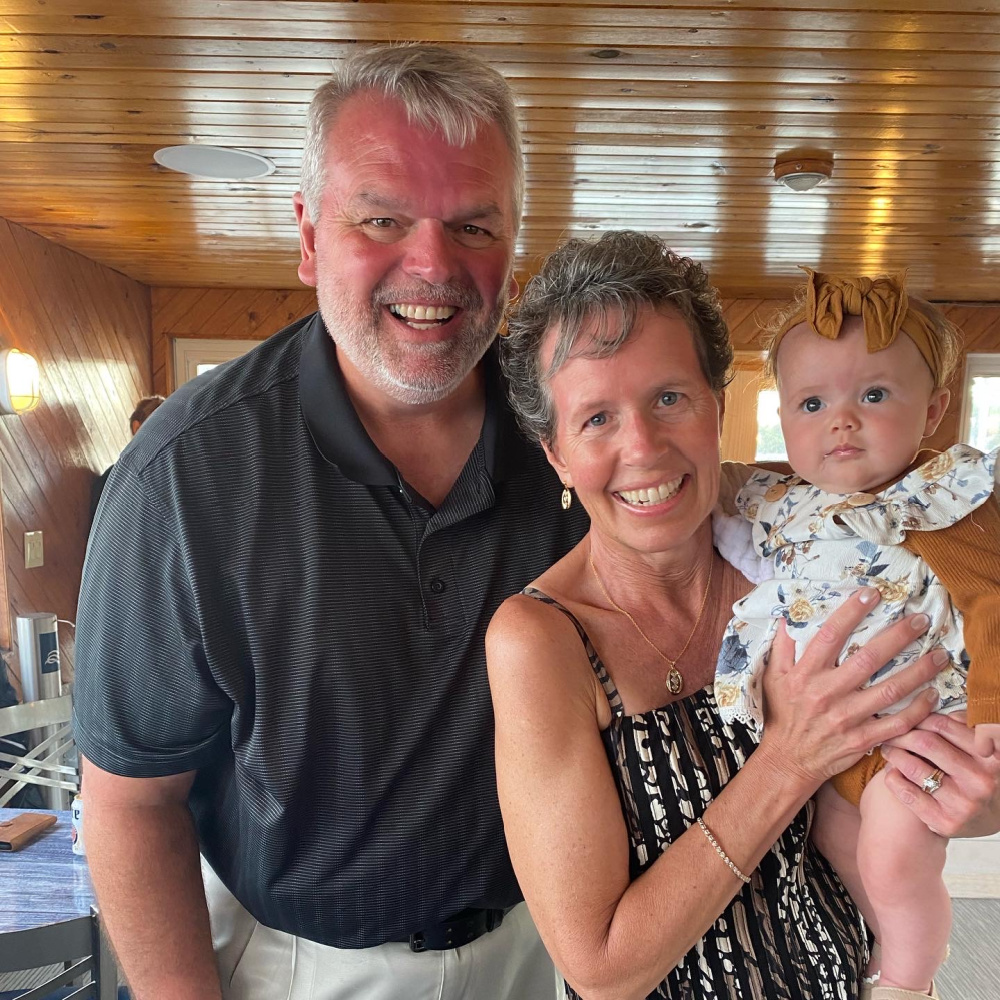CHICKENS… Pet or Livestock? Hobby or Business?
I would like to thank Ashley Kinney for November’s blog on CHICKENS… Pet or livestock? Hobby or Business? Ashley is currently a Senior at Winterset High School and is working at Winterset Veterinary Center after school and weekends. She has been showing chickens at the county and state fair for a number of years. We are so grateful for her contribution to our veterinary office and her willingness to write this blog and share her photos.
~ Thanks, Dr. Lonna
There are many different uses for chickens, one of the most popular usages being meat. Chickens grown for meat are known as broilers. The Cornish Cross is the most commercial of the broiler breeds. This breed is wide-set and built to grow fast. Cornish are ready to be harvested between 8-10 weeks of age and produce large amounts of meat. These birds are likely to have health issues due to their rapid growth, therefore it is not recommended to keep them past their harvesting age. Raising these birds in a pasture-like setting can help improve their overall health. Other broiler breeds include the Bresse, Barnyard crosses & other heritage breeds. These birds have fewer issues compared to the Cornish but take longer to grow and produce less meat.
Egg production is also a very popular use for chickens. White Leghorns are by far the best layers. They have thin bodies to make them food efficient and a distinct flopped-over crest. Leghorns are the ones that lay those large white eggs you can buy in the supermarket. Road Island Reds and Sex Links are also good layers and are desired in backyard flocks. Chickens can lay many different colors of eggs. The color of the egg a chicken lays can be told by their earlobe color. White earlobes indicate white eggs, red earlobes brown eggs, and blue earlobes blue eggs. There are some exceptions to this rule like the Silkie who has blue earlobes but lays cream-colored eggs. Laying hens do not need a rooster to lay an egg, but a rooster is required to produce fertilized eggs.
Dual purpose breeds are popular in homestead flocks. These chickens are bred to be utilized for both meat and eggs. Some of the most notable dual purpose breeds would be the Australorp, Orpingtons, and Barred Rocks.
Hobby poultry have become increasingly popular in recent years. Hobby chickens are some of the wackiest of the chicken breeds. They can have interesting colors and patterns. Some have feathers growing out of their waddles (muffs), heads (topknots), and feet. Others have feathers that look like rabbit fur (silkies), feathers that curl up towards their heads (frizzles), and even a combination of both these features (sizzles).
Hobby chickens have a wide variety of combs. Some of their combs look like popcorn, pebbles, spike balls, or even a king’s crown. Sultans are a breed of chicken with the most of these characteristics. They are a small white bird with a “V” shaped comb, top knot, vulture hocks (feathers that extend down from the thigh), feathered feet, and an extra toe. Phoenix chickens are another impressive breed. They come in vivid colors and have tail feathers that never stop growing.
The largest of the chicken breeds include the Cochin, Brahma, and Jersey Giant. The smallest of the chicken breeds are known as Bantams. They’re essentially the toy dogs of the chicken world who only grow to be half or less the size of a normal chicken. The smallest of the bantams include Serama Bantams, Sebright Bantams, and Game Bantams.
Proper housing is a necessity when raising chickens. Chicken houses and runs need to be predator-proof which means unable to be dug into, squeezed into, climbed into, or easily broken into. It should also protect from weather such as snow, rain, and strong wind. The coop should be cleaned out regularly. Lastly, housing should have adequate space per bird (2 feet minimum inside the coop) and enough perch space for all the birds to perch comfortably. Chickens should be given more space if they don’t have access to free-range or a large run. When chickens are too crowded it can lead to cannibalism and health issues.
What a chicken eats depends on what it is used for. Broiler chickens are fed a high protein diet to help them grow fast. While laying hens need extra calcium to help them produce eggs. Laying feed and meat bird feed can be found in most farm stores. Chickens also need grit, especially if they don’t free range. Grit is a rough ground substance that helps aid in digestion and keeps a chicken’s crop healthy. With proper housing and nutrition, your chickens can live their lives happily.
When it comes to showing chickens the Standard of Perfection is your best friend. The Standard of Perfection is a book containing all the recognized chicken breeds in the American Poultry Association and American Bantam Association. The book outlines nearly everything about the breed from the number of points on the crest to what angle the tail should be held. At some shows, the birds are brought up to a table and examined there. Other times, the birds are kept in their cage and the judge comes to them. At the show, chickens are divided into classes. In the large fowl category, chickens are divided up based on where they originated. While in the bantam category, they are divided up based on crest type. In each class, a reserve champion and grand champion are picked. Then all the reserve champions and grand champions are pooled together and the grand champion overall is picked. Judges judge based on the book, but personal preference can also play a role in their judging. To do well in a chicken show, your bird should follow the standard of perfection and be in good condition, meaning healthy and no feather damage. Taking good care of your chickens and knowing the Standard of Perfection is the key to success when showing poultry.
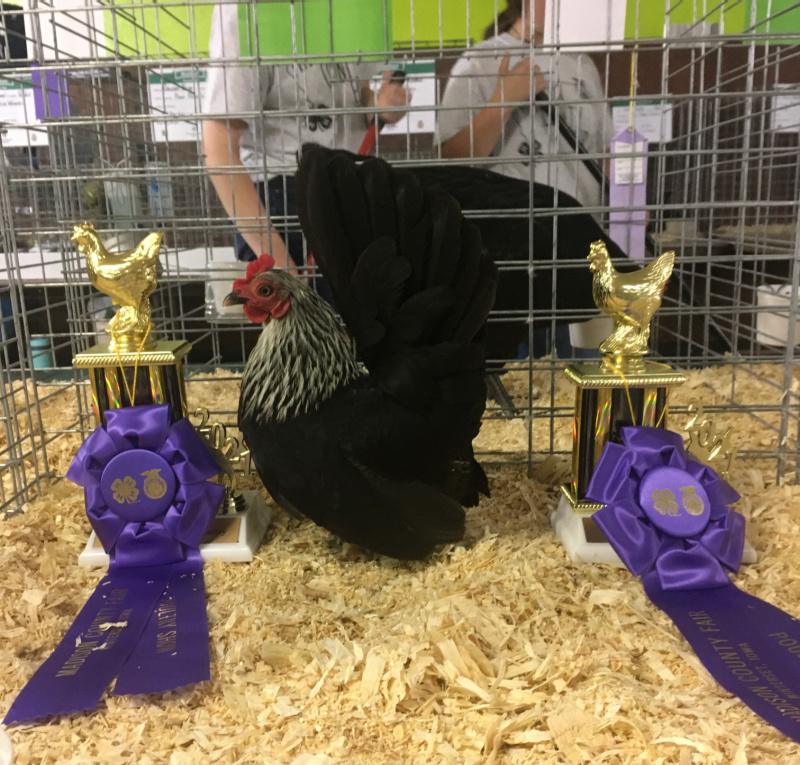
Further Information:
This website is loaded with information and allows you to read, talk, and ask questions about chickens from experienced poultry owners:
https://www.backyardchickens.com/
This website contains information regarding show poultry:
https://www.poultryshowcentral.com/
